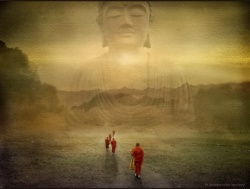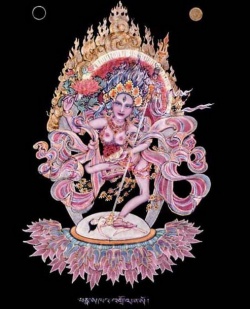Dzongs of Bhutan
Most distinct and magnificent, the Dzong (fortress) is an architectural masterpiece with as much Interest in its origin as to its functions and Beauty.
Thrilling myths and legends circle the Dzongs, just as people, tourists included circle the Dzongs in religious practice.
Dzongs are not just places of religious duty and Interest.
Probably, the most defining factor which distinguishes the Dzongs from other forms of architecture around the World is the fact that they were in the past and are still today multifunctional.
The military would use the Dzong as a garrison if need be, and as an armory.
The prior governments would claim the Dzongs as the seat of their rule.
The administrative bodies of a district would be housed within the Dzongs, as would Monks.
And the Dzongs were also places of trade and an area where people would congregate to share in celebration with their fellow man, especially during the annual tshechu (mask dance festival).
You will never find a blueprint for these fascinating structures as they never existed.
The Dzongs were built purely from the Direction and dictation of a high Lama or Rinpoche spurred on by Spiritual forces.
These structures remind us of the Bhutanese victory over Tibetan invasions from North and standing united against the British Indian attacks from the south.
They also carry the marks of civil wars and intrigues amongst the Bhutanese Lords.
Thus, as an inexhaustible document of many unrecorded history, the Dzongs are the symbiosis of unification and identity of Bhutan.
In these magnificent dominating structures can be seen the cultural legacy and heritage that links our glorious past to present and the future.
The tall central towers (utse) signify the abstract frontiers between the Spiritual and the temporal administrative mechanism of the dual system of government.
The large courtyards of the fortresses symbolize the openness and freedom.
The expansion of territory is represented by the Form and the expansiveness of the Dzongs.
Thus, the presence of Dzongs symbolizes the recognition of the central authority by the people in the region.
These striking structures hark back the Bhutanese of the Dzongs as the source of law and Order, Peace, Harmony, legitimate authority, learning, strength, defense, festivity and social Life.
Today, in the era of globalization, these enthralling structures position itself as an expression of Bhutanese culture and a Symbol of unity and identity for Bhutan.

